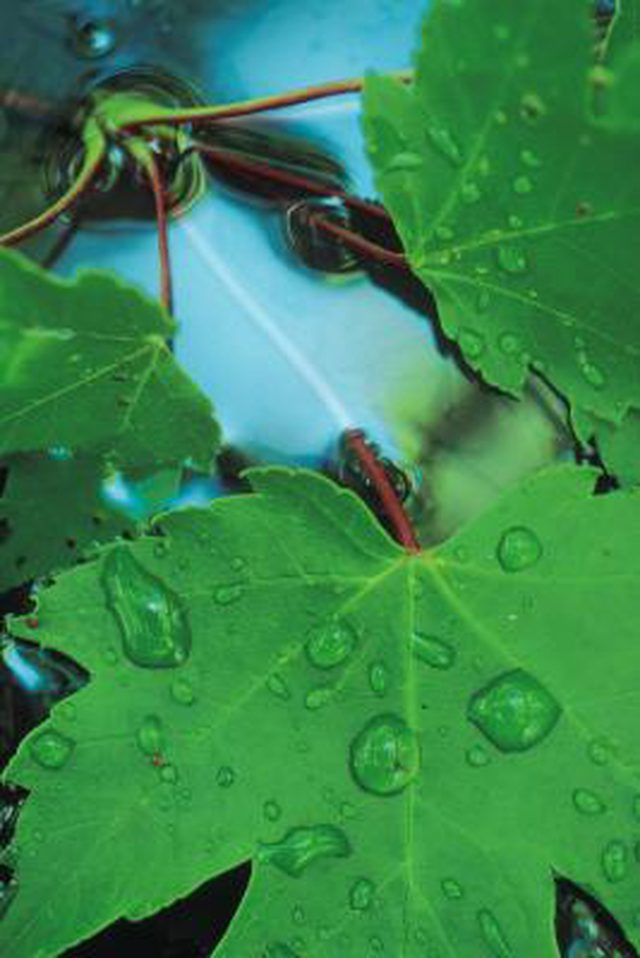Bulbs
Flower Basics
Flower Beds & Specialty Gardens
Flower Garden
Garden Furniture
Garden Gnomes
Garden Seeds
Garden Sheds
Garden Statues
Garden Tools & Supplies
Gardening Basics
Green & Organic
Groundcovers & Vines
Growing Annuals
Growing Basil
Growing Beans
Growing Berries
Growing Blueberries
Growing Cactus
Growing Corn
Growing Cotton
Growing Edibles
Growing Flowers
Growing Garlic
Growing Grapes
Growing Grass
Growing Herbs
Growing Jasmine
Growing Mint
Growing Mushrooms
Orchids
Growing Peanuts
Growing Perennials
Growing Plants
Growing Rosemary
Growing Roses
Growing Strawberries
Growing Sunflowers
Growing Thyme
Growing Tomatoes
Growing Tulips
Growing Vegetables
Herb Basics
Herb Garden
Indoor Growing
Landscaping Basics
Landscaping Patios
Landscaping Plants
Landscaping Shrubs
Landscaping Trees
Landscaping Walks & Pathways
Lawn Basics
Lawn Maintenance
Lawn Mowers
Lawn Ornaments
Lawn Planting
Lawn Tools
Outdoor Growing
Overall Landscape Planning
Pests, Weeds & Problems
Plant Basics
Rock Garden
Rose Garden
Shrubs
Soil
Specialty Gardens
Trees
Vegetable Garden
Yard Maintenance
How to Know How Much to Water a New Maple Tree
How to Know How Much to Water a New Maple Tree. Maple trees (Acer spp.) provide, shade, color, screening, wind protection and a number of other benefits to the landscape. Many varieties of maples exist, each with slightly different cultural requirements and physical characteristics. In general, maples require full sunlight and fast-draining,...

Maple trees (Acer spp.) provide, shade, color, screening, wind protection and a number of other benefits to the landscape. Many varieties of maples exist, each with slightly different cultural requirements and physical characteristics. In general, maples require full sunlight and fast-draining, nutrient-rich, moist soil. Depending upon the specific variety, maples grow in U.S. Department of Agriculture plant hardiness zones 3 through 9. Soil moisture proves extremely important to newly planted maples, encouraging development of new tissue and minimizing transplant shock. Regulation of the amount of water applied and its timing promote a new maple's successful establishment.
Things You'll Need
Tape measure
Rain gauge
Trowel
Garden hose or 5-gallon bucket
Measure the width of the maple tree's trunk, 6 inches above the ground, with a tape measure to discover its circumference. Record the measurement in inches. Divide the measurement by 3.14 to determine the trunk's diameter. Round the result to the nearest inch. For example: If the trunk's circumference measures 5 inches, then divide 5 by 3.14 to get 1.59. Round 1.59 to 2 inches.
Multiply the diameter by 5 and then add 5 to calculate the amount of water needed by the tree. A new maple tree requires a minimum of 5 gallons of water per week plus an additional 5 gallons per inch of trunk diameter. Continuing with the previous example, you would multiply 2 inches by 5 to get 10. Add 10 plus 5 to get 15. The tree in this example needs 15 gallons of water per week.
Install a rain gauge in an open area within a few feet of the maple canopy's outer perimeter. Check the gauge after each rainfall, and record the amount of rain received. Keep a running total each week to determine the amount of rainfall received every seven days. Water the maple when rainfall is less than 1 inch during a seven-day period.
Dig to a depth of 4 to 6 inches in the maple's root ball zone with a trowel after seven days of no rainfall. Keep the digging at least 6 inches away from the trunk to avoid damaging important roots. Dig a second hole just outside of the root ball zone, 4 to 8 inches deep. Grab one handful of the soil displaced from the deepest point of each hole. Squeeze the soil in each hand, feeling its moisture content. Water the maple if the resulting soil balls break apart easily when touched and if the soil samples feel dry or slightly damp to the touch. Do not water the maple if the samples feel soggy, moist, or release water when squeezed. Refill each hole with the displaced soil, tamping it down firmly.
Apply the calculated amount of water at a rate of 1 gallon per minute using a garden hose or a 5-gallon bucket containing 3 holes, 1/8-inch in diameter, in its bottom. Distribute the water as evenly as possible over the entire root zone of the tree.
Tips & Warnings
Never apply the water at a rate of 2 to 3 gallons per minute or faster, to avoid losing water to runoff.
Stop digging to check the soil moisture once the maple tree begins to produce new growth, a sign of establishment.